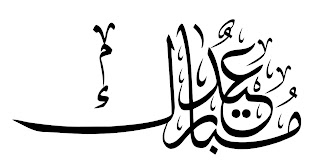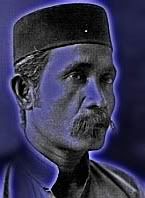1. How to Be...Mmusang
Beginning a new series...Number one, How to be...Mmusang
Whilst it is not always easy to keep a cool head under a hot songkok, and to keep yours (the head that is) when everyone around you is losing theirs, people who are mmusang keep a fox under their hat and it pops out to bite the head off anyone who asks.

There's disagreement extant if a mmusang person is made or born, is it nature or is it that pair of ill-fitting bras? This is a difficult one as the very person who ought to know is loath to answer the question and is himself/herself too busily engaged with the passing trade. “What is it that makes you so mmusang Mök Nöh?” Begorrah or I'll shove this södèk up your back!
Mmusang, is a funny word as it is supposedly born in the wild, from musang, the fox. This is a strange aetiology as the foxes that I know are mostly cunning and running, but never snarly or hot-tempered. To be mmusang is to be fox-like, perhaps because in old Trengganu foxes were like that, snarling and hissing at our forefathers when they met in the rök [bush] or beneath their houses where the musang would be looking with lip-smacking desire at the gok [the hen house].
To be really mmusang you'll need a face to match, not fox-like, with incisors sticking out of the corners of the mouth and assorted feathers dangling from the chin, but just the pained look of someone who's seen an unripe mango and taken an injudicious bite. A uniform is not necessary, but a pair of underpants that's two sizes too small might produce wonderful results (but is not recommended for newly-weds wishing to sire kids).
Once so predisposed, the world's your bad oyster and the country's your grudge. Some practise their art in a shop, mewling and puking behind bales of goods; some at the counters of post offices or in the park where they bite heads off passing lads.
An old curmudgeon that I knew passed his days in the little surau near our house where he once asked for some sheets of paper after a feast to wrap some unfinished food. An innocent bystander tore half a page from the newspaper he was reading, only to get a funny old look from the curmudgeon and this hasty riposte, “What' s this good for then, to wrap my p*ick?”
That degree of mmusang needs a life-time of cultivation, but if you persist and practise, you'll soon be there, manner and words, and you too will soon be wanting to wrap your own personal goods.
Labels: curmudgeon, Mmusang






